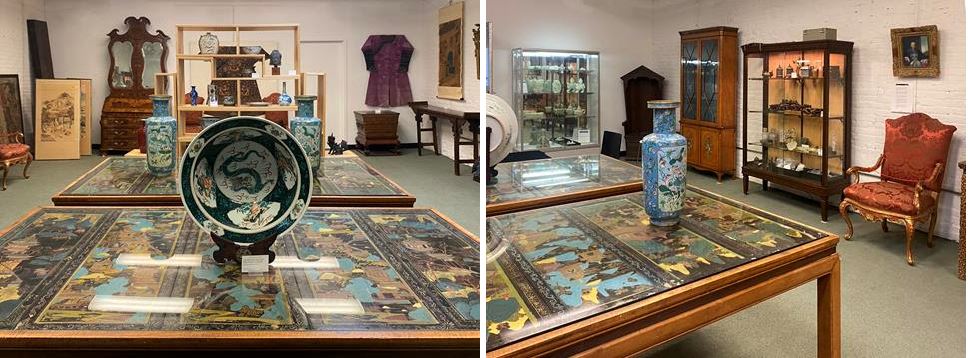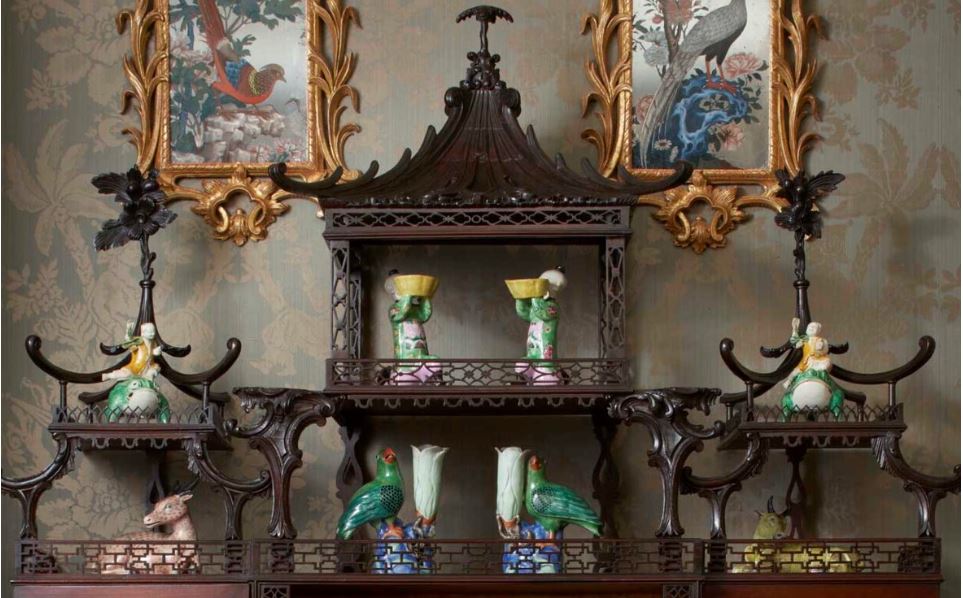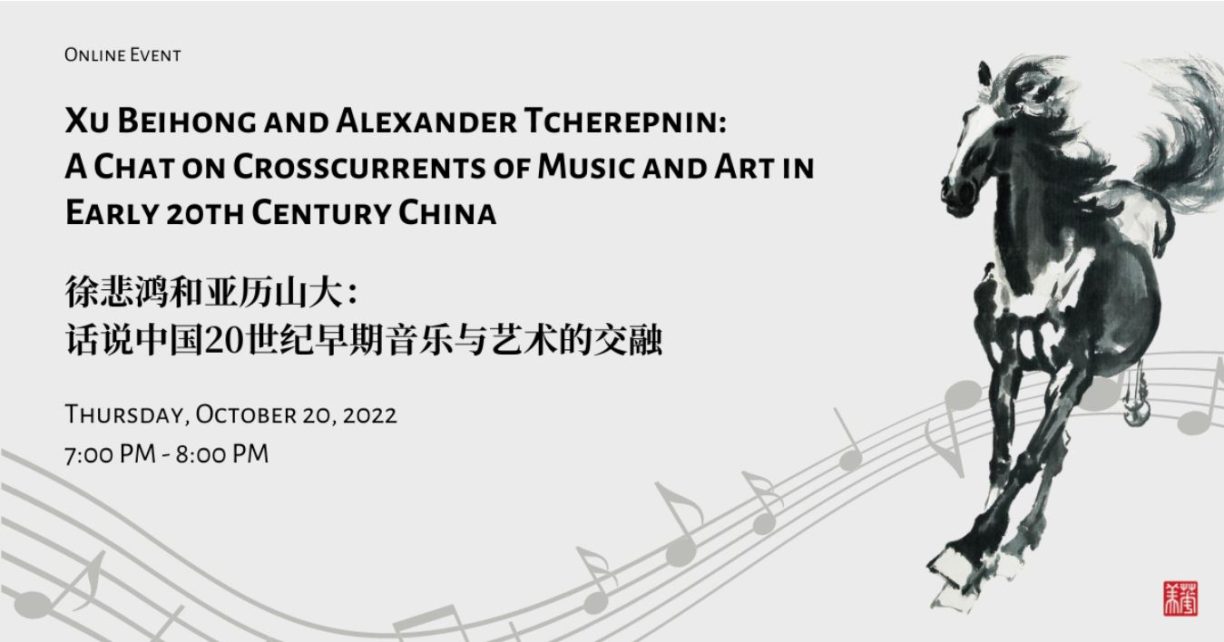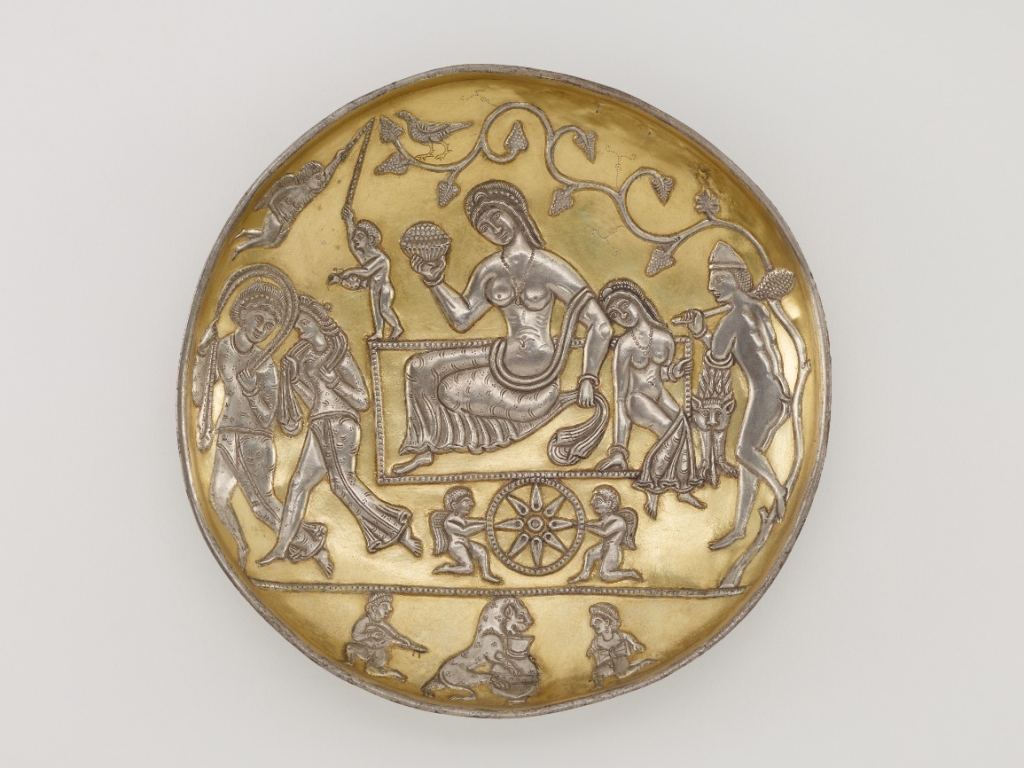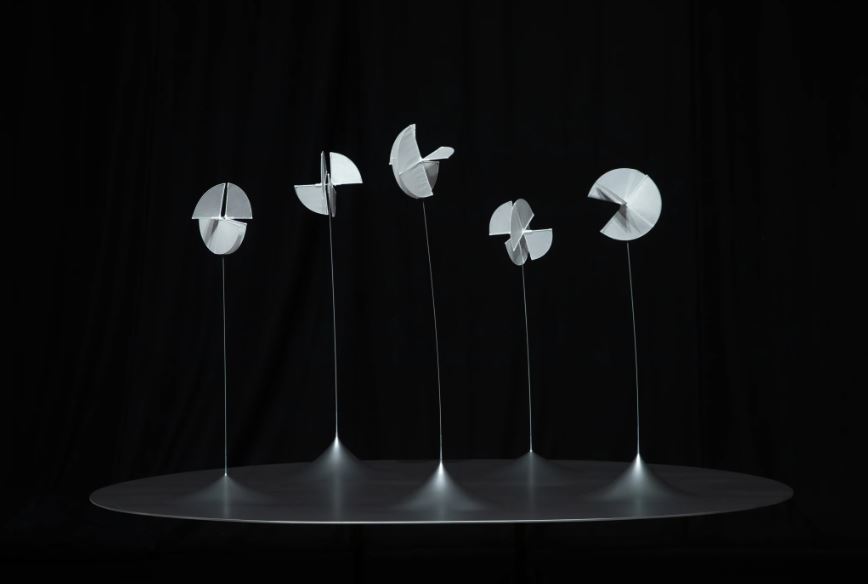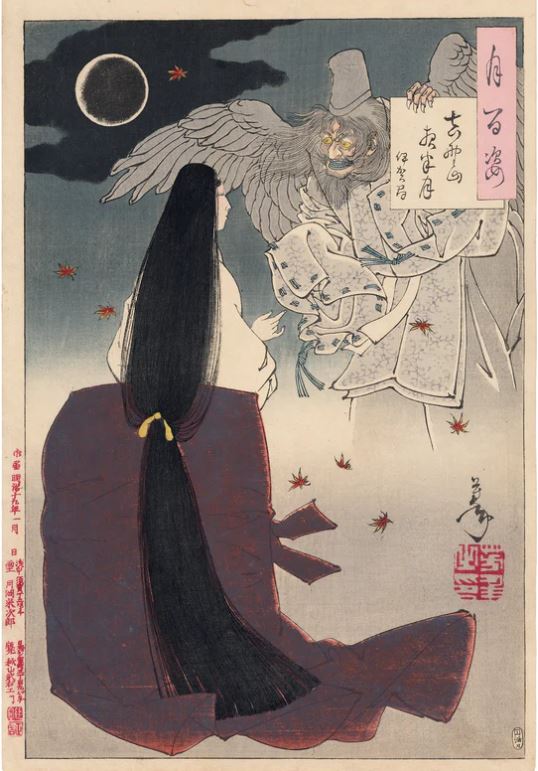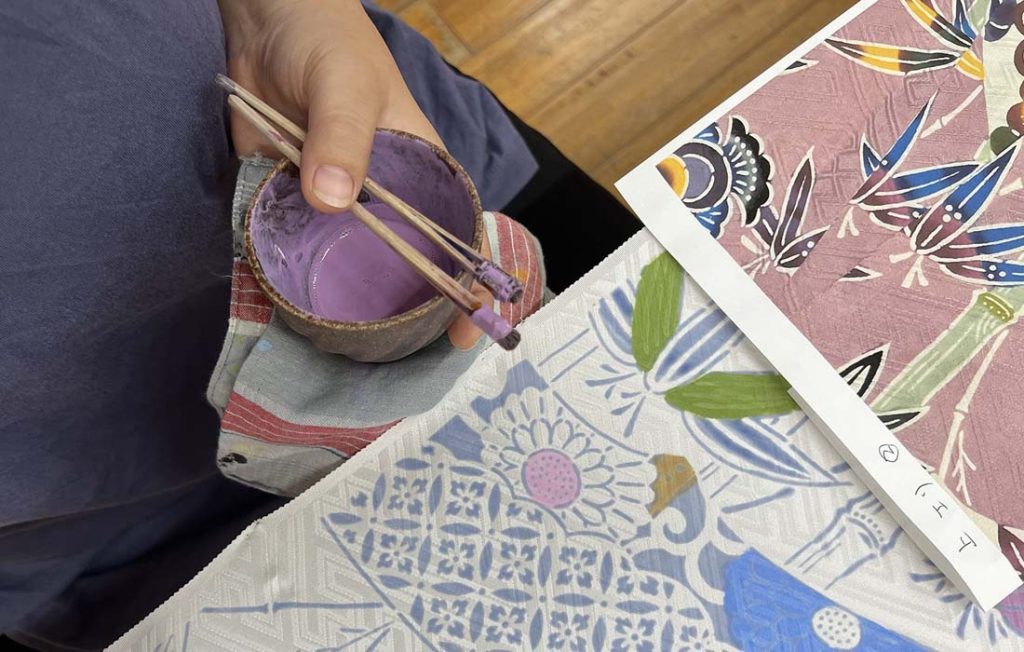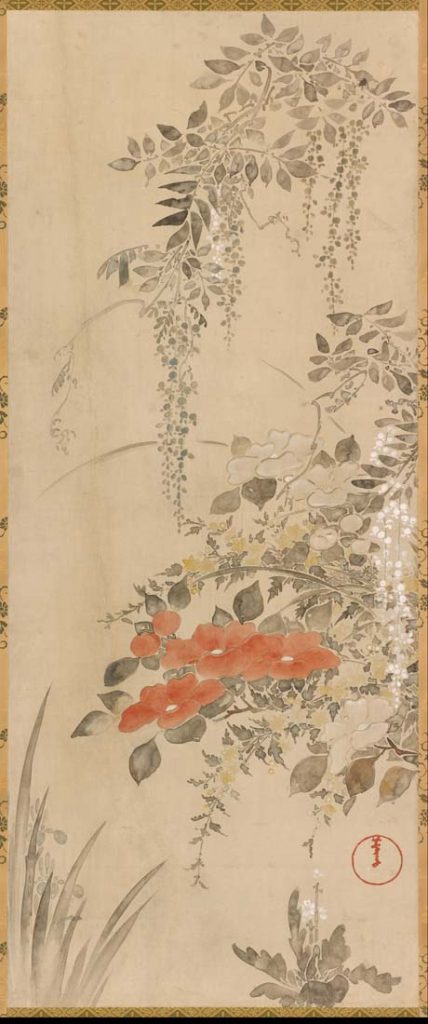Xu Beihong and Alexander Tcherepnin: A Chat on Crosscurrents of Music and Art in Early 20th Century China, China Institute
Online program, October 20, 7-8pm
Join conductor and scholar Jindong Cai and concert pianist and author Xu Fangfang, the daughter of legendary painter Xu Beihong, as they discuss two early 20th Century visionaries, composer Alexander Tcherepnin and artist Xu Beihong, who both sought throughout their lives to connect East and West through art and music, and simultaneously nurtured generations of artists who did the same.
Cai and Xu will tell stories to illuminate the program of the upcoming concert Journey to the East, taking place on October 22 in Lincoln Center’s Alice Tully Hall, in honor of these two creative minds and their work. The first half of the concert will include the concert version of a rarely performed work, The Nymph and the Farmer, a 35-minute, one-act chamber opera based on an ancient Chinese folk tale by composer Alexander Tcherepnin. As Cai will explain, Tcherepnin taught at the Shanghai Conservatory in the 1930s and nurtured the early generation of Chinese composers, including Jiang Wenye, a composer who in 1964 wrote a piano concerto celebrating Xu Beihong’s work especially for Xu’s daughter Fangfang. The concerto was never performed before it was lost during the Cultural Revolution. However, one movement of the concerto was recently discovered, and will be performed for the first time by Xu Fangfang during Journey to the East. Join China Institute and hear the story of this work’s recovery and the meaning behind this piece celebrating the art and creative strength of modern China’s greatest painter.
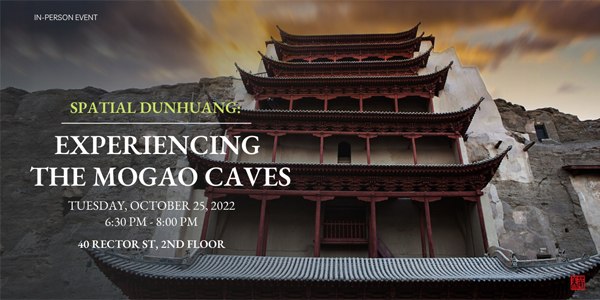
Spatial Dunhuang: Experiencing the Mogao Caves
In-person event, October 25, 8pm
Constructed over a millennium from the fourth to fourteenth centuries CE near Dunhuang, an ancient border town along the Silk Road in northwest China, the Mogao Caves comprise the largest, most continuously created, and best-preserved treasure trove of Buddhist art in the world.
Join these distinguished art historian Wu Hung from University of Chicago and world art professor Shen Hsueh-man from New York University to re-discover the art of Dunhuang. Instead of tracing the caves’ unilinear history, the two speakers will share with the audience a novel way of examining Mogao Caves as physical and historical sites that can be approached, entered, and understood sensually, a perspective of space prioritizing the actual experiences of the people who built and used the caves.
Read more, click here
